Stone carving: from concept to finished work
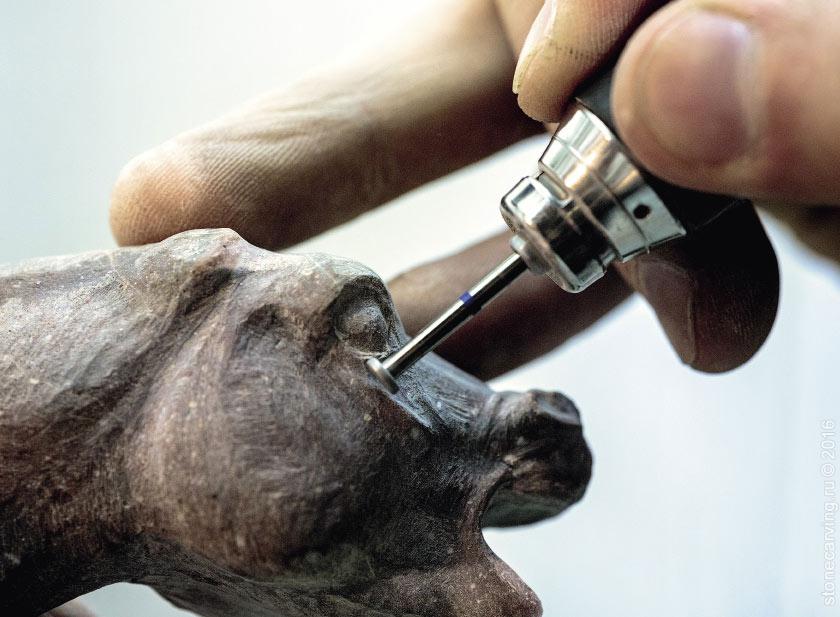
Hard stone carving is a truly unique art. On the one hand, the stone carver is an artist and a creator, who gives a hard and shapeless piece of stone a new life and a new shape. On the other hand, his most important task is to unveil and demonstrate what has already been created by nature: beauty, structure and the unique character of the stone. When it comes to working with stone, each piece requires this fine balance between creating and being guided by the material itself.
Work on every stone sculpture begins with a concept. First, the artist draws a sketch on paper, outlining the composition and the characters. This is the start of the creative journey. What kind of character is it going to be? What is the composition going to express? It is at this stage that the background research is undertaken. In order to express the identity of a character or a situation in full, you need to carefully study the folk tale, myth or legend behind it, as well as people’s beliefs. Attention to detail is already required at this stage because the characters need to have their specific attributes, as well as convincing emotions and feelings. This kind of work does not tolerate haste or simulation; folk tale characters are instilled in our collective memory and are so easily recognizable that any inaccuracy will be spotted immediately.
Afterwards, the sketch is used to produce the first three-dimensional model, usually made of plasticine. This stage is required for the artisan to see it in 3D and adjust the concept, if necessary, taking into account the anatomy of the character and other details. Next, the model is cast in plasticrete, an innovative material that replaced plaster. The plasticrete model can be seen as an independent piece of work and it is always interesting to follow the transformation of the stone piece compared with the plaster one. Sometimes, the difference, which is mostly down to differences in the texture of materials, is truly striking.
The next step is the selection of stones for the stone sculpture. Most stone carving workshops and studios keep a collection of stones — constantly replenished — which caters to their style, needs and preferences. Colour, texture, durability and plasticity are important when choosing the stone for a particular element of the composition. Certain details can be made of precious or semi-precious stones or metals. Even though the concept might evolve during the process, it is important to think through how different materials are going to fit together.
A piece of stone is first given a rough shape with the help of a large saw. At this stage, it is important to feel the structure of each stone and start thinking about the draft version in stone. Only then does the craftsman start detailing the sculpture with smaller saws according to the initial sketch. The most useful instruments for this stage are diamond-cutting wheels. Water spray helps reveal the result of each cut more clearly. Further carving is done with small, shallow strokes, which help the artisan adjust the minute details in the structure of the stone. The process requires intense concentration throughout because the slightest distraction might ruin the stone.
By the end of this stage, the craftsman will have completed all the details — clothes with the tiniest creases, facial features and muscles. This means that each element is getting closer and closer to the model. Next comes the most laborious stage, which requires a lot of patience and undivided attention. The craftsman carves all the details with a drill until the whole composition is perfect. This is an instrument with diamond drills of various diameters — ranging from an average-sized drill to a needle — which ensures that every single element, no matter how small and difficult, gets the attention it requires. When working with the drill, the artisan holds the plasticrete model in front of him, comparing it against the stone sculpture and the original concept. From this point of view, it is interesting to look at the tiny wrinkles on the face, the creases of clothes, as well as the people’s hair and animals’ fur because, in order to make the texture as realistic as possible, craftsmen spend weeks perfecting these details.
The penultimate stage of the creative process focuses on the general impression of the composition. Polishing paste and the drill machine help polish every element to full gloss. This reveals the true colour and the patterns of the stone, creating the impression of wet surface. However, this is no more than an optical illusion and the result of an impeccable polishing process, which makes even the light complement the original concept of the craftsman.
The final stage involves piecing together the three-dimensional mosaic out of individual elements. This process has many secrets, such as invisible seams, strong glue and pins, which largely determine the outcome of this lengthy and laborious process.
Certain deviations from the original concept can happen at any stage. Sometimes this is determined by the material as the stone can often hint, guide or even resist. That is why an experienced craftsman needs to be open to the possible changes, letting himself improvise and be more spontaneous and creative in his work.
There is usually a whole group of craftsmen working on one sculpture and the whole process takes about ten months to complete, especially if it is a multi-figure composition with many complex details. What is more, this kind of work can be monotonous and repetitive, as it involves working on the same element for days on end. That is why this lengthy, multi-stage process requires careful management of the creative work.
Workshops proved to be effective for this type of stone carving work and they have many advantages compared to individual artisans. Stone carvers tend to specialise in certain areas and together they can create larger sculptures, while constantly improving their skills. Time is also crucial; a team can finish a commission much faster, which means they can maintain a larger portfolio. Working in a team is also great for morale. Try to imagine what it is like carving a wolf’s fur millimetre by millimetre and you will understand why stone carvers sometimes need a change in their daily routine. By organising themselves into workshops and studios, the Ural stone carvers have achieved a high level of creative and technical skills.




|



|
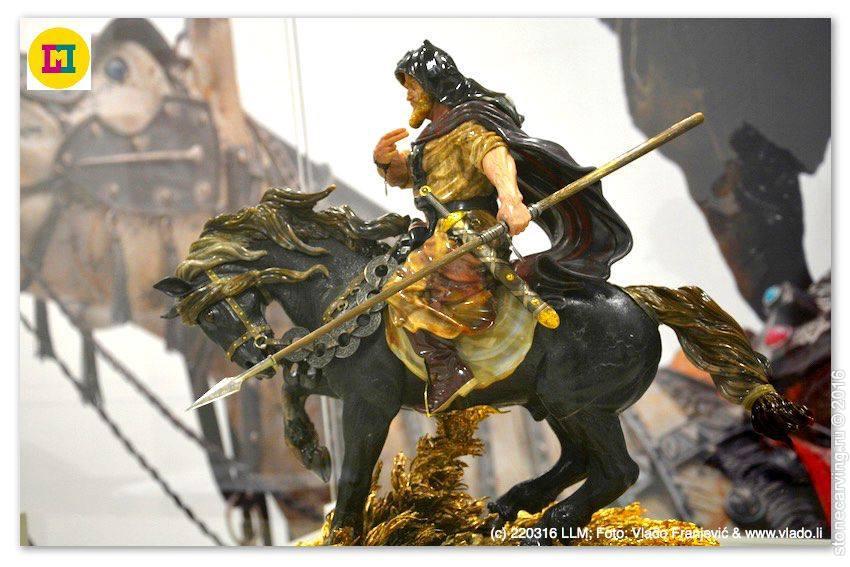
The exhibition “Heroes. History in Ural Stone Carving” has opened in Liechtenstein
The exposition is displayed in Liechtenstein National Museum
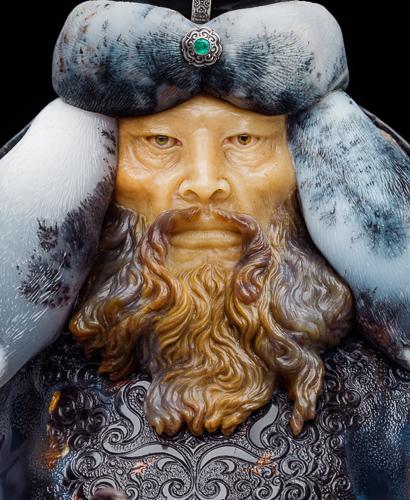
Heroes. History in Ural Stone Carving
The Opening Ceremony of ‘Heroes. History in Ural Stone Carving’ exhibition will take place on the 23rd of March at 19.00 in Liechtenstein National Museum
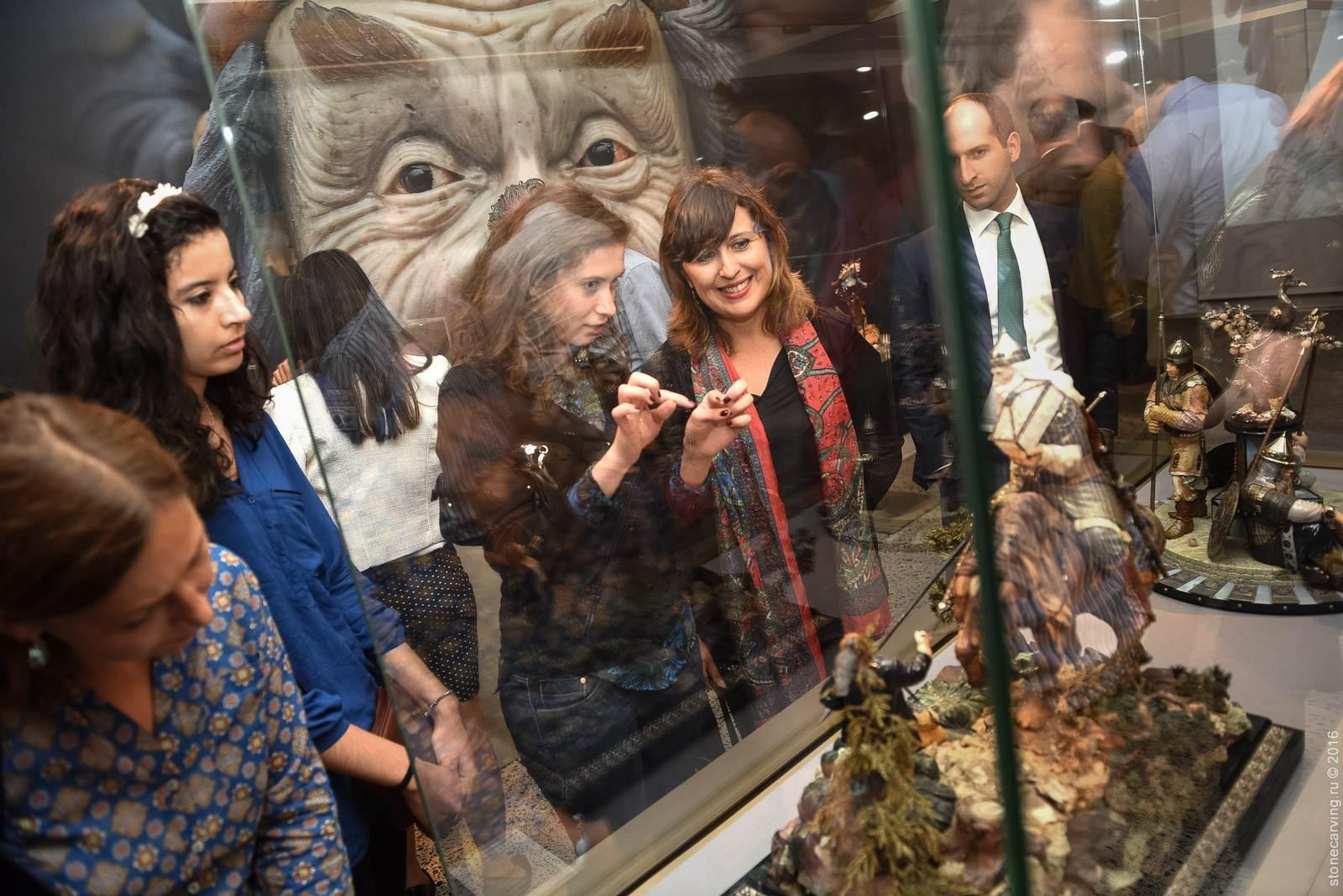
The exhibition in Liechtenstein has opened its doors
July 9, 2015 — The exposition welcomes everyone in Liechtenstein National Museum until 18 October 2015.
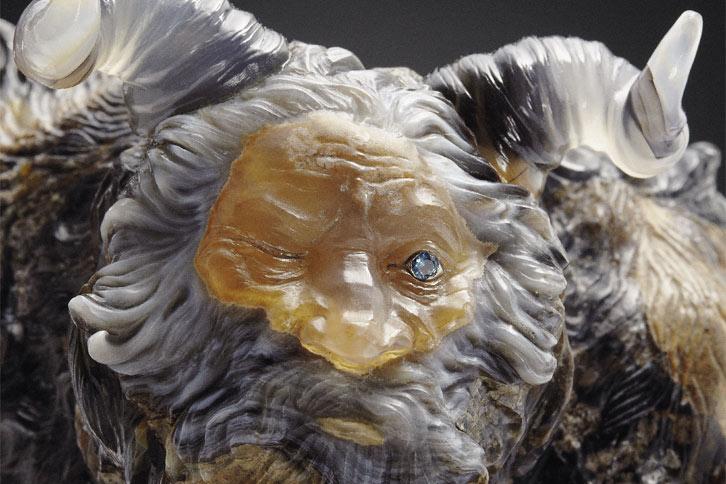
Introduction
Today we are witness to the golden age of new media. Children now turn to computer games rather than reading or listening to audio books. That is probably why this exhibition of stone sculptures based on fairy tales is somewhat surprising. The question that arises is perhaps the following: Is there still a need for fairy tales or for the art of stone carving?

Stone carving: from concept to finished work
Hard stone carving is a truly unique art. On the one hand, the stone carver is an artist and a creator, who gives a hard and shapeless piece of stone a new life and a new shape. On the other hand, his most important task is to unveil and demonstrate what has already been created by nature: beauty, structure and the unique character of the stone. When it comes to working with stone, each piece requires this fine balance between creating and being guided by the material itself.
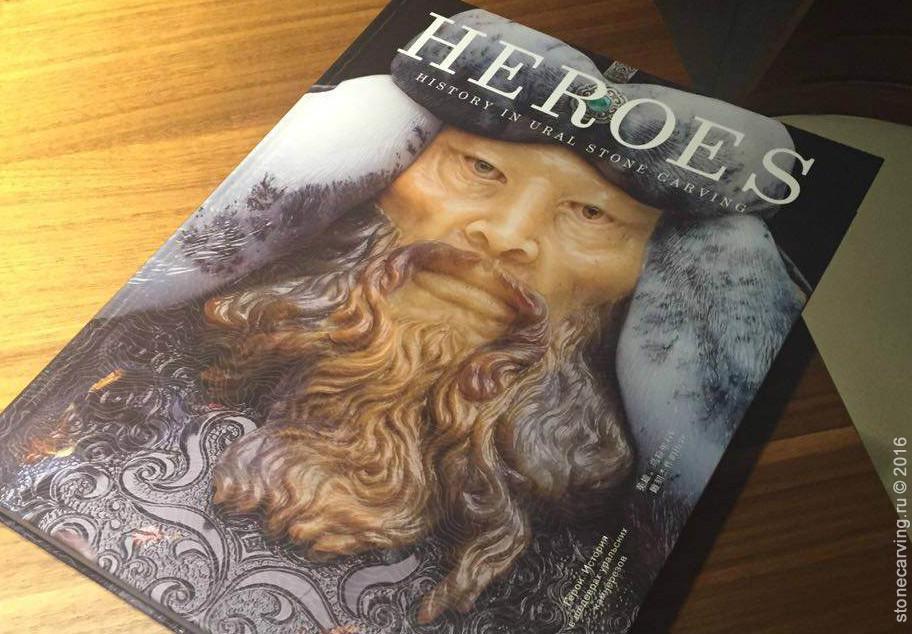
The exhibition catalog “Heroes. History in Ural Stone Carving” is published
The book is prepared specially for the exhibition, which opened on 23 of March in Liechtenstein National Museum: the reader will find all stone sculptures presented in the exhibition in the catalog.
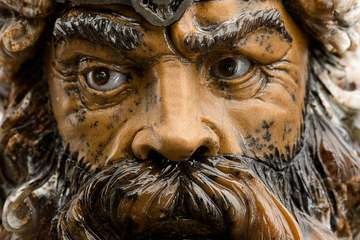
Exposed stone compositions
August 25, 2015 — The ‘Exhibition’ section provides all stone carving compositions, forming the Legends and Fairy tales in Ural stone carvings exhibition.
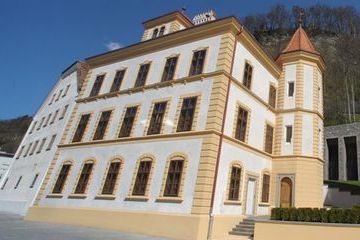
New exhibition opened in Vaduz on 8 July
July 8, 2015 — The opening ceremony of ‘Legends and fairy tales in Ural stone carvings’ exhibition took place on 8 July in Liechtenstein National Museum.
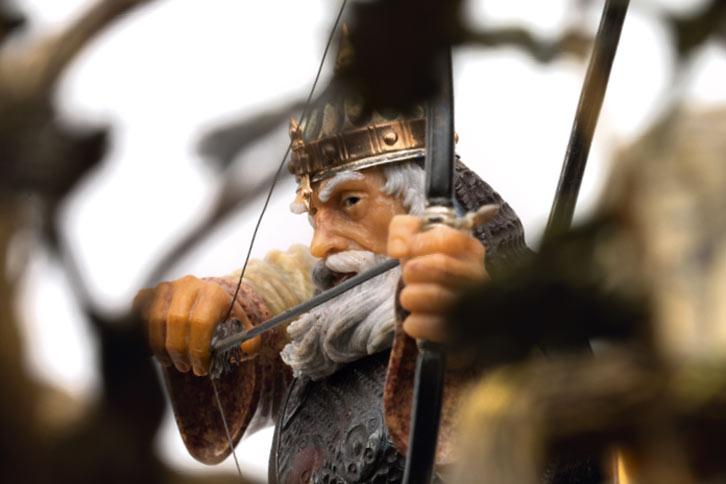
Legends and fairy tales in Ural stone carving
The Legends and fairy tales in Ural stone carving exhibition showcases the best hard stone sculptures dedicated to fairy tales, mythological figures and epic heroes. Folklore has always been part and parcel of Russian culture — from ancient times to the modern day. Writers and artists find inspiration in folk tales and the Russian language itself is full of references to stories and images that are well known to Russian people from early childhood.

Five Centuries of Three-Dimensional Mosaic
The history of stone carving in the Urals dates back to the time when Peter the Great was reforming Russia. Over the three hundred years of its existence, this art has changed but it has always had surprisingly close ties with Western European practices in stone-cutting.

The book about stone carving picked up European award
“The Best Books of Liechtenstein 2015” award was given to the book “Legends and fairy tales in Ural stone carvings”
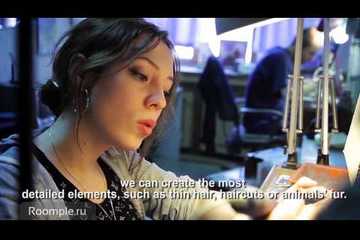
Stone sculptures: creation
Roomple Internet video channel had visited the ‘Svyatogor’ workshop and made a film about the process of creation of stone sculptures by stone carvers.
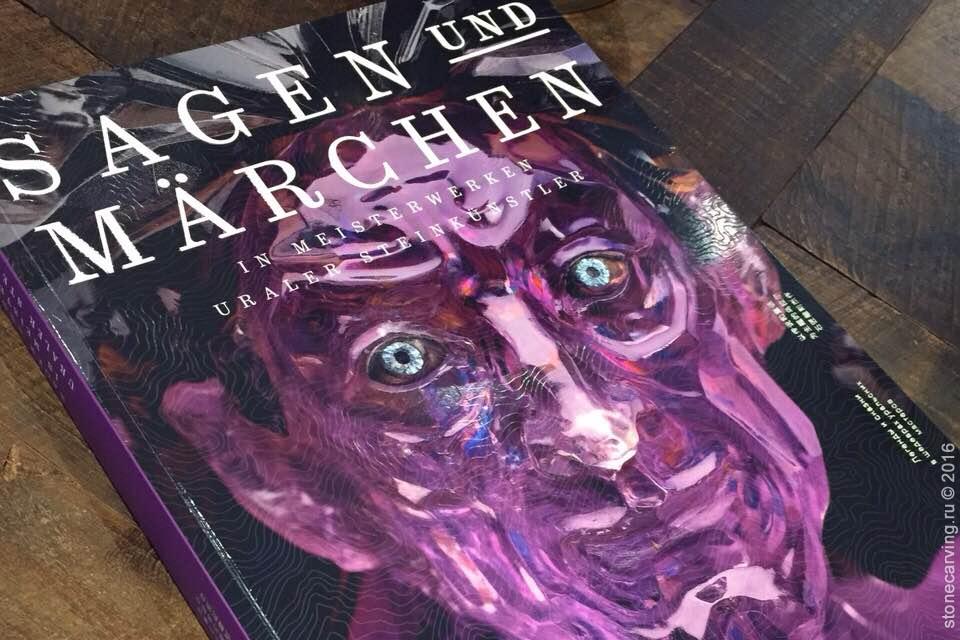
The catalogue of ‘Legends and fairy tales in Ural stone carvings’ exhibition is available
July 6, 2015 — The catalogue in four languages will be available in Liechtenstein National Museum in Vaduz.

Hard stone carving in the Urals: a story with a new beginning
Hard stone carving developed intensively in the 18–19th century and the active exploration of the Urals — one of the most unusual Russian regions, rich in unique gems — played an important role in this process. The Ural Mountains, which gave the region its name, divide Europe and Asia and behind them lies vast Siberia. Historically, the development of this region has been linked with mining and naturally, such a diverse range of minerals and rocks generated a lot of interest in the art of hard stone carving.

